bIG DATA ANALYTICS
Big data in information Technology - the set of information (both structured and unstructured) is so large that traditional methods and approaches (mainly by business definition, big data is called the phenomenal acceleration of data accumulation and its complexity. It is also important to note that this concept in different contexts often means both a large amount of data and a set of tools and methods (for example, tools for massively parallel data processing with NoSQL categorization systems, MapReduce algorithms, or Hadoop project software frameworks).
aBOUT US
Big data analytics opens up many opportunities for business development. With big data, you can more accurately identify your target audience and their needs, build more competent communication with your customers, and see what big data targeting IS and how it works.
Big data, or “big data”, is a term that describes not only a huge array of different structured and unstructured information, but also how it is processed and analyzed.
Big data is defined using three characteristics of the so-called"three V'".:
- volume-physical volume;
- velocity – high data update speed that requires fast processing;
- variety-a variety of data formats.
Big data allows you to process all available information at once. The traditional approach is to gradually analyze small “pieces” of data. Big data information is analyzed in its original format. Traditional processing requires pre-selection, sorting, and classification of data.
Big data means finding large amounts of information and manipulating search results. Traditional analysis begins with a hypothesis, and it is compared only with available data. The big advantage of big data is its relevance, as the analysis is performed in real time. In the traditional approach, data is collected, edited, stored for a certain amount of time, and then used for analysis.
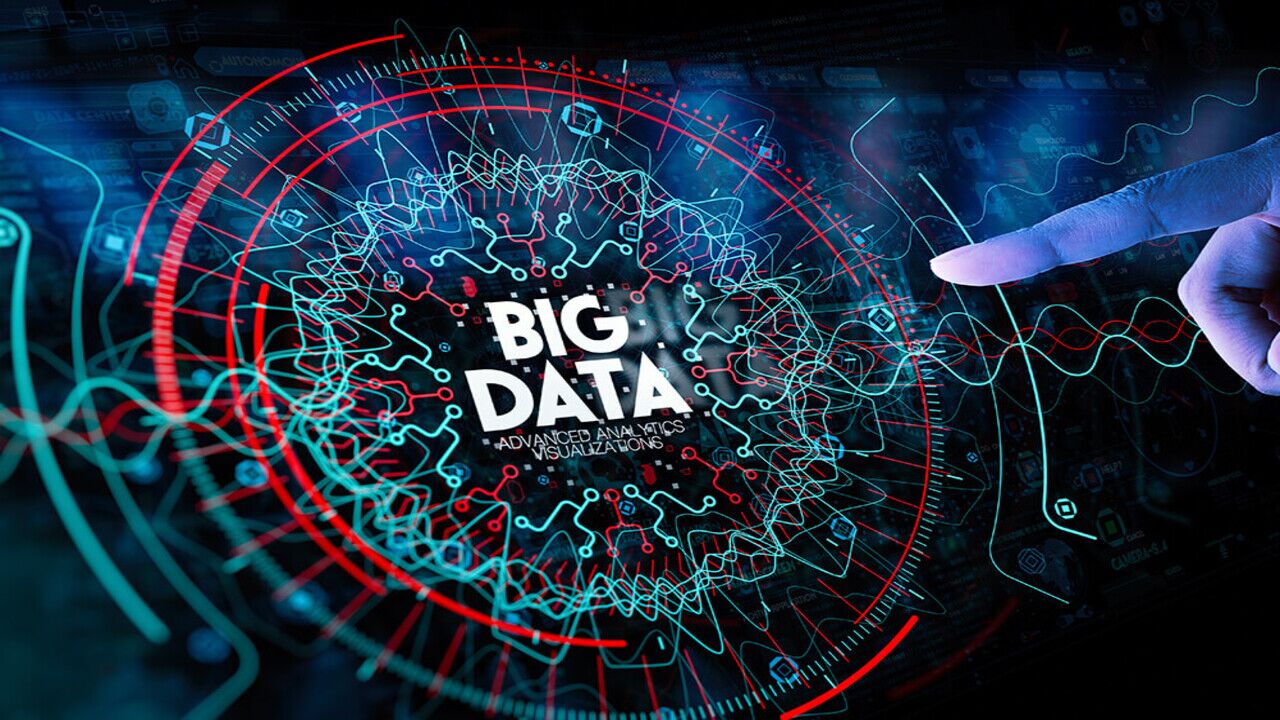
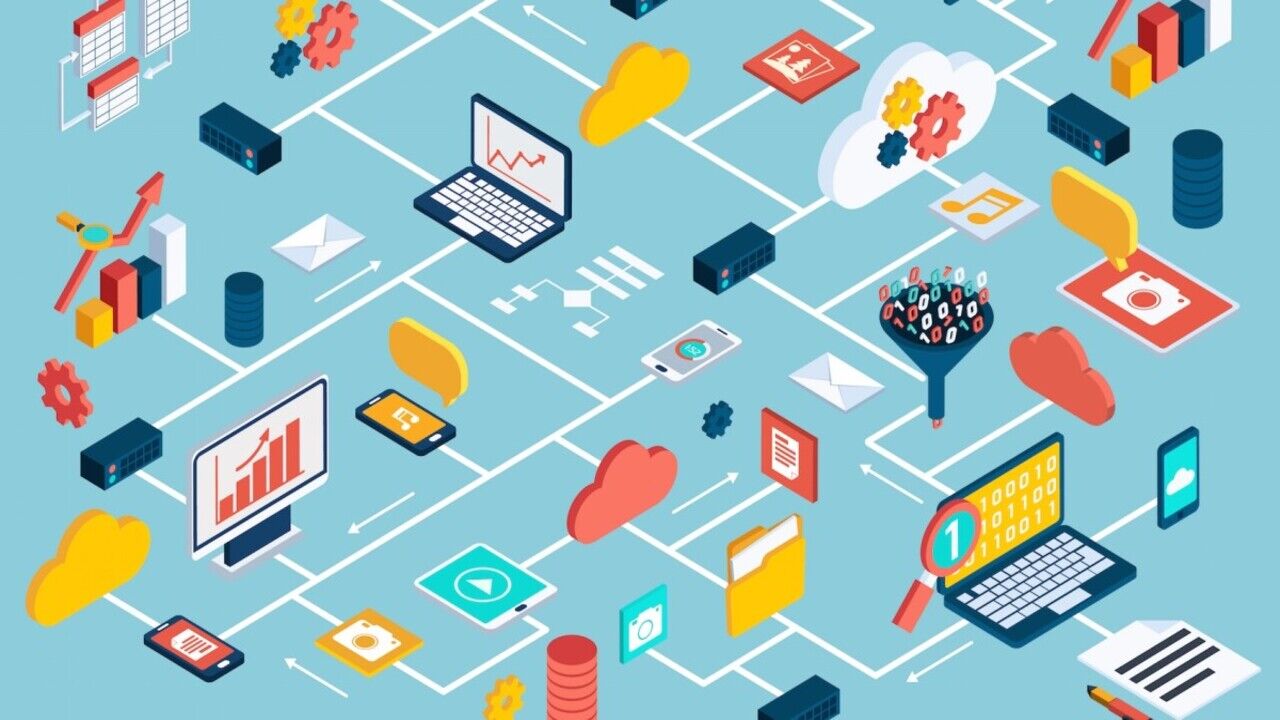
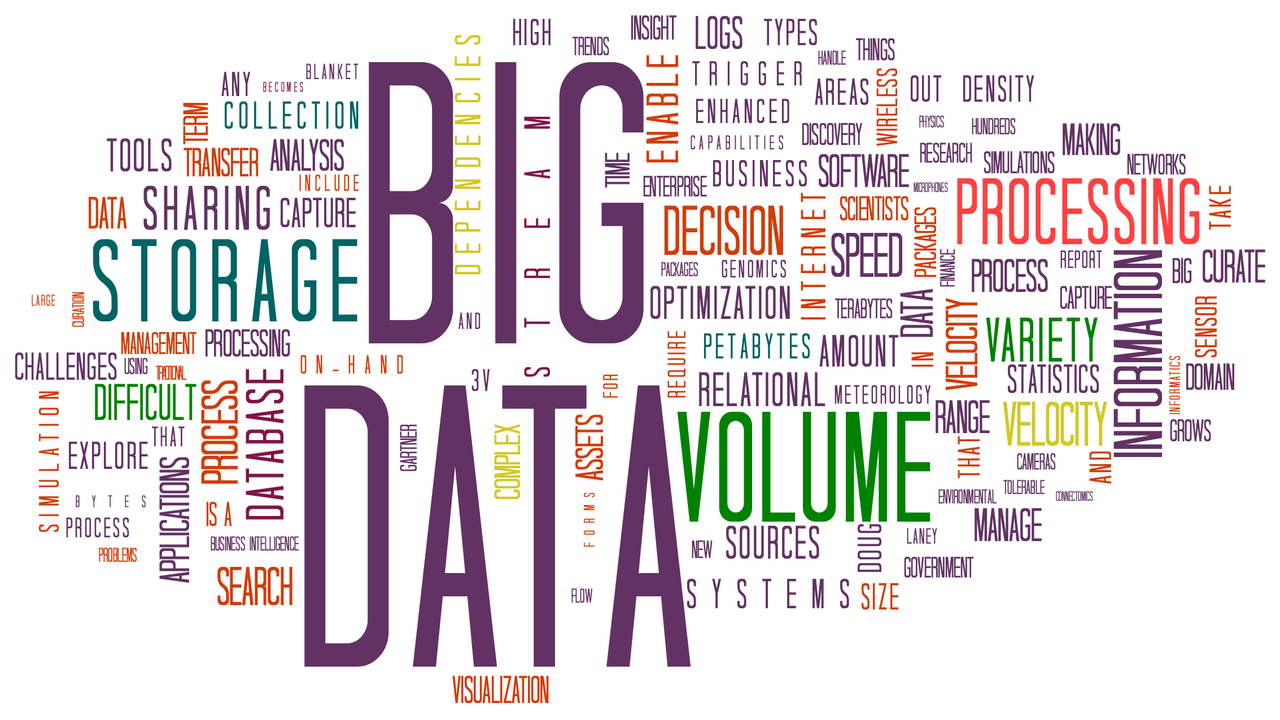
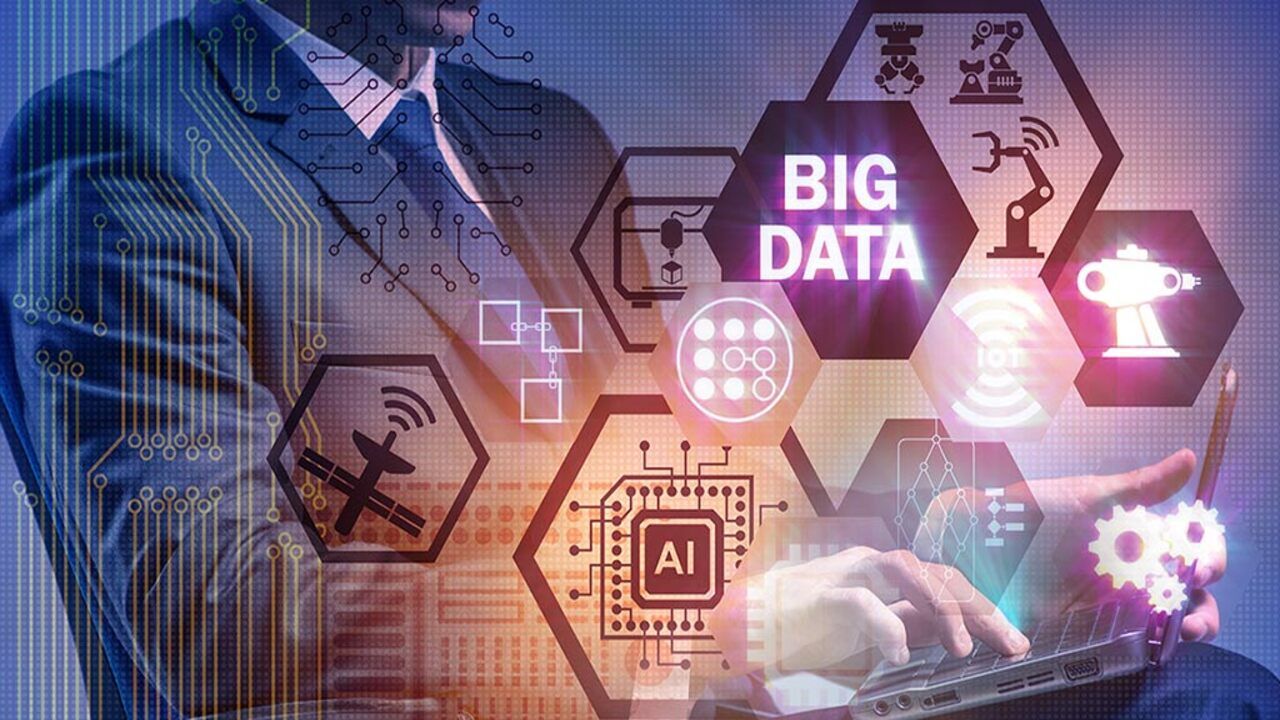
MAIN SOURCES OF BIG DATA:
01
GLOBAL INTERNET
The global Internet consists of mass media and communications, i.e. online publications, social networks, instant messengers, blogs, forums, websites, etc.
02
INDICATORS
Indicators of instruments and sensors (from weather probes to satellite and cellular communications).
03
INFORMATION
Company information-transaction data, databases, and archives.
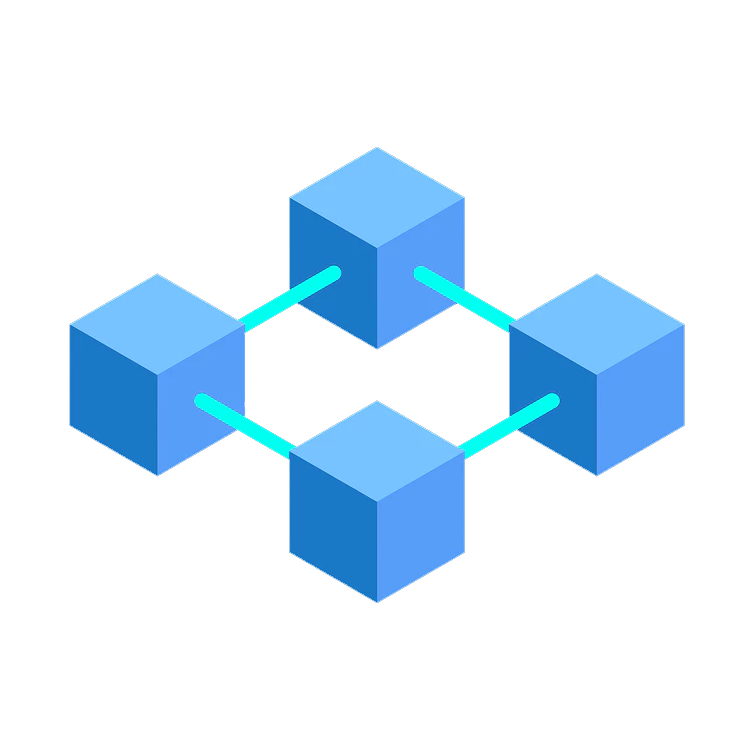
How to use Big Data for business development?
How you apply big data depends on the specifics of the industry. It is important to note that we have given several examples. In general, Big Data works in almost every business, but the main thing is an individual approach and competence of professionals.
- For example, banks and micro-credit organizations can develop scoring models and strategies to attract new customers, or create maps to determine the best locations for branches and ATMs.
- For e-commerce, the search, analysis and segmentation of the target audience, the development of effective communication with potential customers on the basis of big data processing will be useful.
- Agribusiness is helped by the segmentation of consumers, the analysis of specific target segments and the search for interesting offers to new customers.
What Big Data tools do for businesses:
REVIEWS



Need Help?
FAQs
What can the use of big data do?
Big data allows you to process all available information in one go. The traditional approach is to analyze small “portions” of data gradually.
What is big data in the modern internet?
Big data is a term that refers to a huge array of various structured and unstructured information, as well as methods of its processing and analysis.
How many characteristics can you use to define Big Data?
Big Data is defined using three characteristics, the so-called”Three V’s”:
volume-physical volume;
velocity – high data update speed that requires fast processing;
variety-a variety of data formats.
ARE YOU INTERESTED IN USING BIG DATA?
If you have any questions or would like to learn more about this topic, please contact a specialist. You can fill out the contract form and after some time you will be contacted by email.